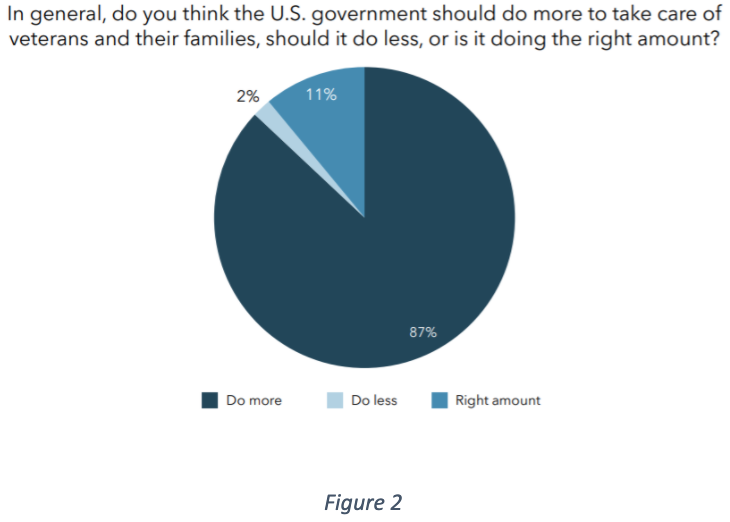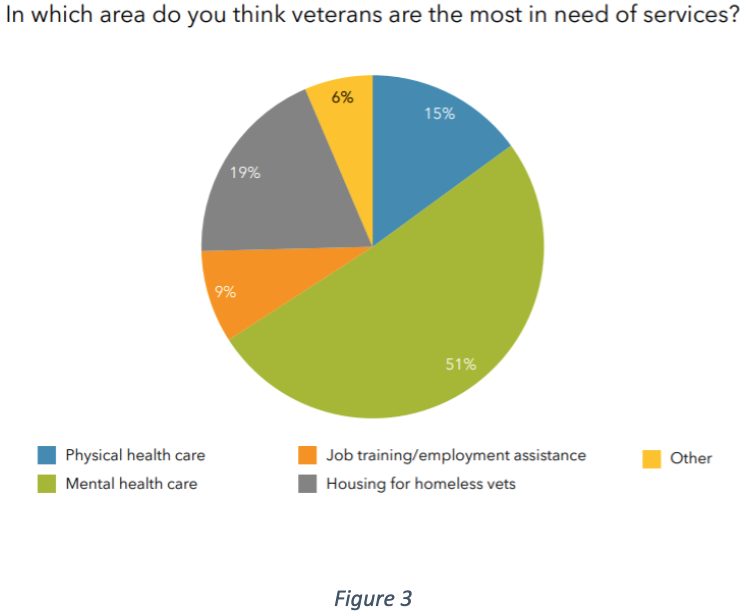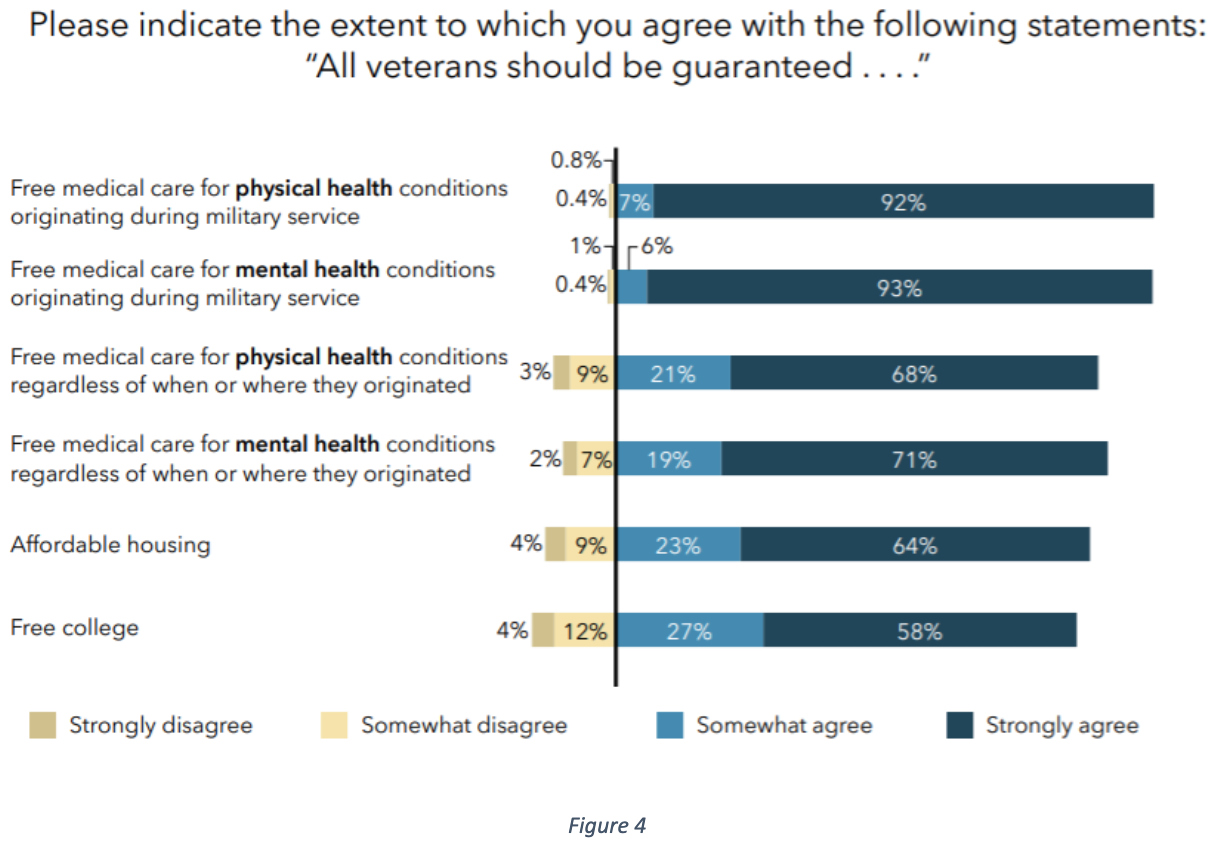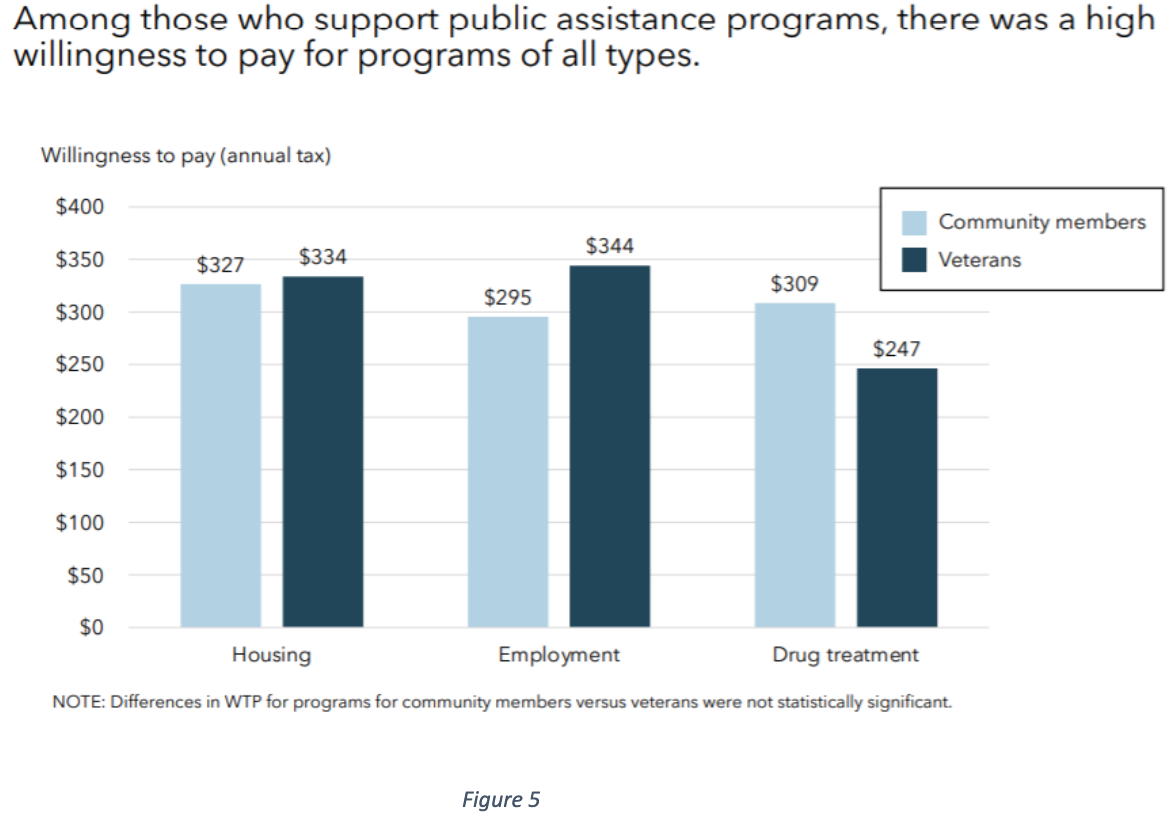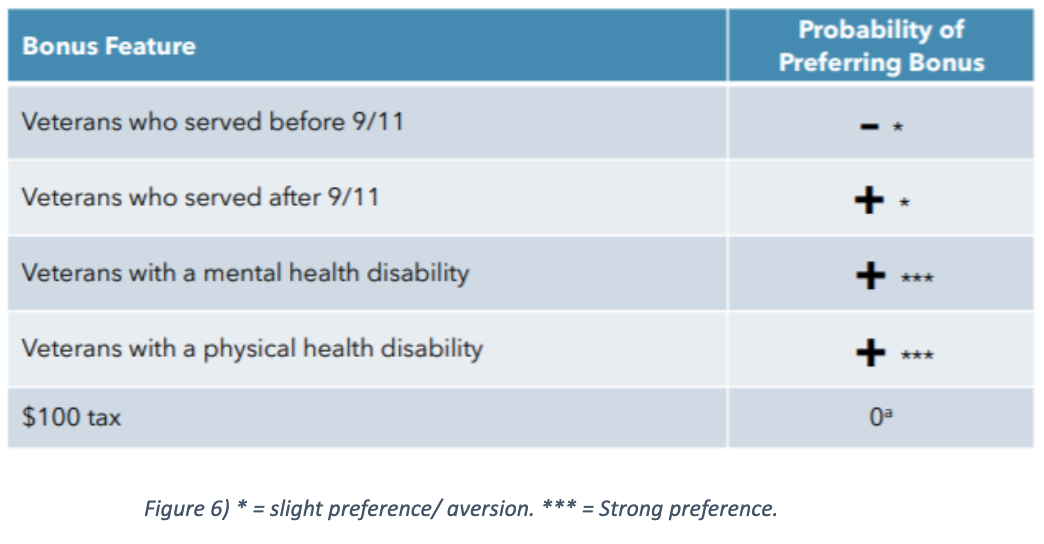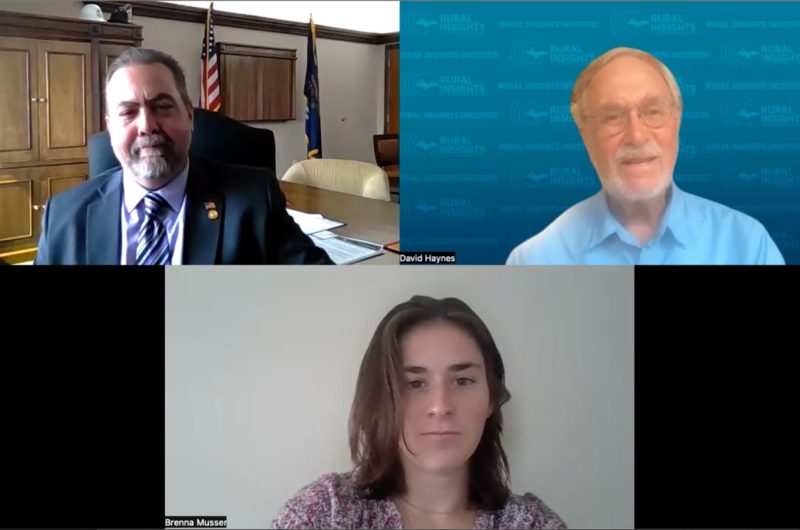Americans are willing to pay higher taxes to improve care for veterans
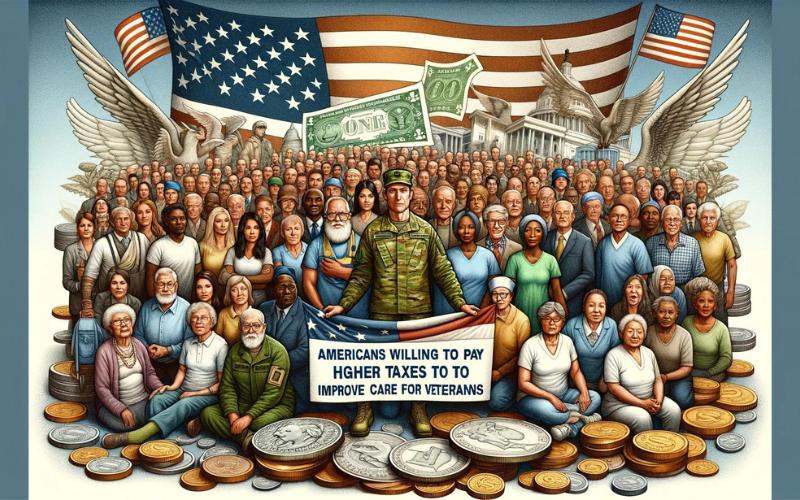
“Thank you for your service.”
How many veterans actually feel comfort hearing those words? Americans are quick to show their appreciation for the service of our armed forces, but are they willing to give up their hard-earned wages to ease the burdens of veterans?
The cost of taking care of veterans is rising. As Vietnam-Era veterans reach their 70s, 80s, and even 90s, the cost of their healthcare is likely to become an increasing burden on the American public.
Exacerbating this are the Post-9/11 Era veterans, who are now using VA health and educational benefits, and these benefits are pricey. The congressional budget office estimates that from 2010-2016 the federal government spent $65 billion on the Post 9/11 GI Bill alone. That is only one of many veteran benefits programs funded by tax dollars. Simply put, taking care of our veterans costs the American people a lot of cash.
Although the American government spends substantial money on its veterans, it is no secret that many services lack adequate funding and, in turn, veterans lack the financial support required to enjoy meaningful lives.
One grim reminder of this lack of funding was the 2014 VA scandal where veterans across the country were left to die waiting for healthcare while administrators falsified documents to make it seem like veterans were getting the care they needed.
Ultimately this comes down to budgeting issues. Unfortunately, money is scarce, and the most vulnerable members of our society end up suffering. Veterans, especially those that are disabled, are highly vulnerable.
Congress has to balance spending with the will of the American people. The question that needs to be answered is what type of taxation will Americans tolerate for the betterment of our veterans?
RAND Corporation, a nonprofit research entity, conducted a research study during the summer of 2021 to answer this question. RAND describes itself as, “A research organization that develops solutions to public policy challenges to help make communities throughout the world safer and more secure, healthier, and more prosperous.”
This study was conducted as a survey which resulted in over 2,000 respondents over the age of 24.
One key finding from this survey is that many people feel that America does not offer adequate care for its veterans.
Only three percent of respondents rated the care of United States veterans as excellent. Furthermore, 36% rate the care as poor.
This information alone demonstrates just how unimpressed the American people are in how the government handles veterans’ affairs. Additionally, the American public overwhelmingly believes that their government needs to do more to take care of veterans.
Just look at the chart below: when asked if the government is doing enough to care for its veterans and their families, 87% of respondents said more needs to be done.
Specifically, Americans believe the government needs to offer better mental healthcare services followed by taking steps to correct the homeless veteran problem seen across America.
It can be argued that those two issues are so closely interlinked that they both need to be tackled together. The Department of Housing and Urban Development estimates that 45% of the homeless suffer from mental illness.
Americans also overwhelmingly believe that veterans should be guaranteed certain benefits including medical care, affordable housing and free college.
From the above data, it is apparent that there is popular support for government programs which help, as well as guarantee certain benefits to our veterans, but that is only half the story. Of course, most people see the benefits of taking care of veterans, however, the realism of the situation is that America has a lot of veterans, and the benefits in question are expensive.
The Pew Research Center estimates there are currently 19 million living veterans. This accounts for nearly 6% of the American population. As of 2019, it was estimated that the government annually spends roughly $12,000 per veteran.
Now, this isn’t a small amount, but apparently it’s not enough, either. Ultimately, for policy makers, the question is, how much of a tax hike will Americans tolerate for the betterment of our veteran population.
Surprisingly, respondents who support public assistance programs indicated there was a strong willingness to pay around $300 extra in annual taxes for housing, employment, and drug treatment services for both veterans and nonveterans.
Additionally, respondents also supported paying a $100 maximum annual tax to support $300 annual bonuses to veterans who had service connected mental and/or physical disability.
So, will the American public tolerate moderate taxes to support veteran services? If this research is any indication, then the answer seems to be a resounding yes.
It is understandable in today’s political climate that politicians from rural communities are hesitant to propose tax hikes. There is no doubt that taxes of any kind are generally an unpopular discussion topic in rural America.
It is also understandable that rural Americans disagree with paying for taxes that predominantly end up in urban city centers.
However, this research shows that Americans from across the political spectrum understand the lack of funding for veterans’ services, and are willing to foot the bill themselves to help ease that funding deficit.
This study, and others like it, are key in convincing politicians that taxation which ensures better care of our veterans is something that both sides of the aisle are willing to agree on.
References
Coe, J., Ramchand, R., Farmer, C. M., & Carman, K. G. (2021, September 30). American perspectives on Veterans. American Perspectives on Veterans. Retrieved October 25, 2021, from https://www.rand.org/pubs/research_reports/RRA1363-1.html.
Congressional Budget Office. (2019, May 7). The Post-9/11 GI bill: Beneficiaries, choices, and cost. Congressional Budget Office. Retrieved October 25, 2021, from https://www.cbo.gov/publication/55179.
Mental Illness Policy Org. (2019, January 23). Homeless mentally ill facts and figures. Mental Illness Policy Org. Retrieved October 25, 2021, from https://mentalillnesspolicy.org/consequences/homeless-mentally-ill.html.
Schaeffer, K. (2021, April 5). The changing face of America’s veteran population. Pew Research Center. Retrieved October 25, 2021, from https://www.pewresearch.org/fact-tank/2021/04/05/the-changing-face-of-americas-veteran-population/.
USAFacts. (2021, May 4). How much money does the US spend on veterans? USAFacts. Retrieved October 25, 2021, from https://usafacts.org/articles/how-much-money-veterans-spending-us/.
Newsletter
Related Articles


